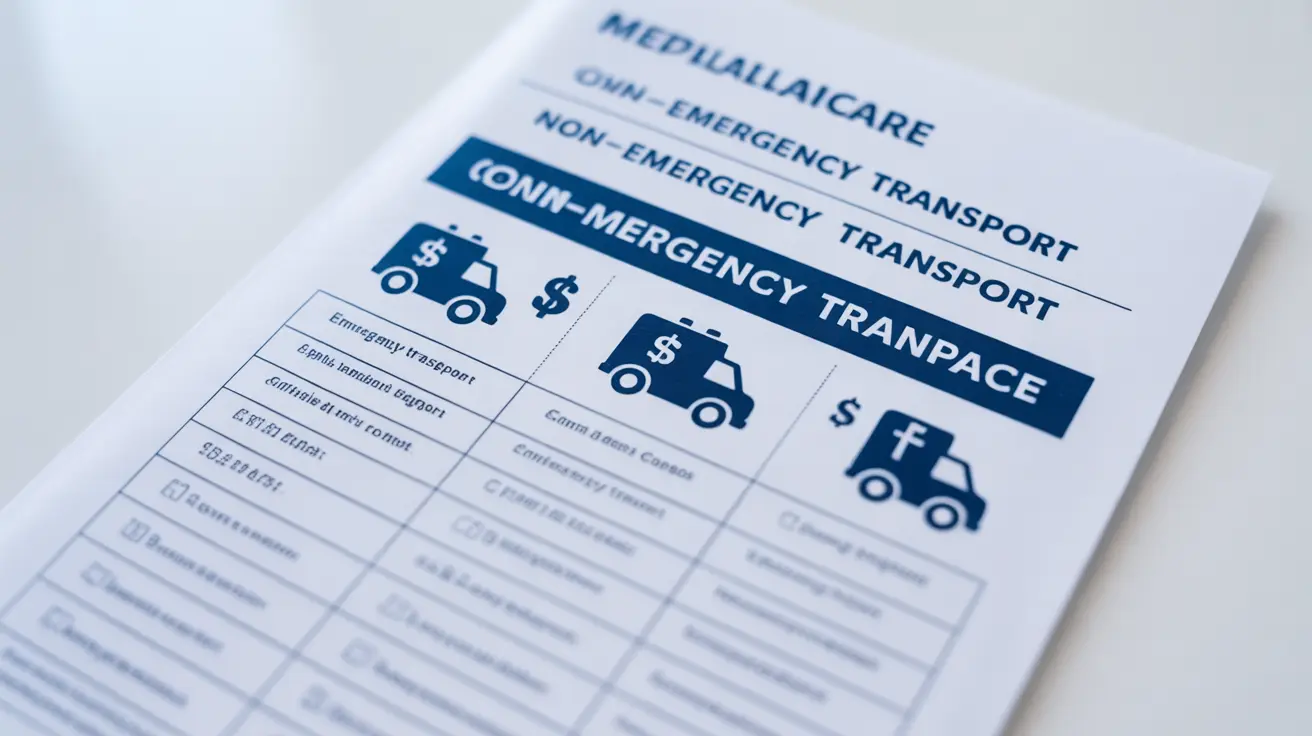Navigating Medicare's ambulance service coverage and understanding the associated costs is crucial for beneficiaries. Whether you need emergency transport or scheduled medical transportation, knowing what Medicare covers and how much you'll need to pay can help you prepare for these essential services.
This comprehensive guide breaks down Medicare's ambulance coverage, including approved amounts, out-of-pocket costs, and additional coverage options through supplemental plans.
Medicare Ambulance Coverage Basics
Medicare Part B covers both emergency and medically necessary non-emergency ambulance services. The coverage applies when other means of transportation could endanger your health and when the service meets Medicare's specific criteria for medical necessity.
Emergency Ambulance Services
Emergency ambulance services are covered when you need immediate medical attention and any other form of transportation would put your health at risk. Common situations include severe bleeding, heart attacks, strokes, or other life-threatening conditions requiring immediate medical care.
Understanding Medicare-Approved Amounts
Medicare's approved amount for ambulance services consists of two main components: a base rate and a mileage fee. The base rate covers the essential services and supplies provided during transport, while the mileage fee accounts for the distance traveled to the nearest appropriate medical facility.
Base Rate and Mileage Calculations
The base rate varies depending on the level of service required (Basic Life Support or Advanced Life Support) and your geographic location. Medicare also factors in additional costs for specific services or equipment needed during transport.
Out-of-Pocket Costs Under Medicare Part B
Under Medicare Part B, beneficiaries are typically responsible for:
- 20% of the Medicare-approved amount for ambulance services
- The Part B deductible, which must be met before Medicare begins paying
- Any additional costs if the provider doesn't accept Medicare assignment
Non-Emergency Ambulance Transportation
Medicare covers non-emergency ambulance transportation when a doctor provides written documentation stating that it's medically necessary. This usually applies when you need:
- Transportation to and from dialysis treatments
- Transfer between healthcare facilities
- Regular medical treatments requiring ambulance transport
Supplemental Coverage Options
Medicare Advantage and Medigap plans can help reduce out-of-pocket costs for ambulance services. These plans may offer additional benefits or cover the 20% coinsurance that Original Medicare doesn't pay.
Frequently Asked Questions
- What is the Medicare-approved amount for ambulance services in 2025?
The Medicare-approved amount varies by location and service level. Base rates typically range from $225 to $425, plus mileage charges. Medicare updates these rates annually based on geographic adjustments and service types.
- How much will I have to pay out-of-pocket for an ambulance ride under Medicare Part B?
Under Medicare Part B, you're responsible for 20% of the Medicare-approved amount after meeting your annual deductible. For example, if the total approved amount is $500, you would pay $100 plus any applicable deductible.
- Does Medicare cover non-emergency ambulance transportation and what are the conditions?
Yes, Medicare covers non-emergency ambulance transportation when a doctor certifies it's medically necessary. You must have a written order stating that other transportation methods would endanger your health, and the service must be to or from Medicare-approved locations.
- How does Medicare calculate the cost for ambulance services including base and mileage fees?
Medicare calculates ambulance costs by combining a base rate (which varies by service level and location) with a per-mile charge. Additional fees may apply for specific services or equipment used during transport.
- Can Medicare Advantage or Medigap plans help cover ambulance service costs not paid by Original Medicare?
Yes, both Medicare Advantage and Medigap plans can help reduce ambulance service costs. Medicare Advantage plans may offer additional coverage benefits, while Medigap plans can help cover the 20% coinsurance and deductibles not paid by Original Medicare.




